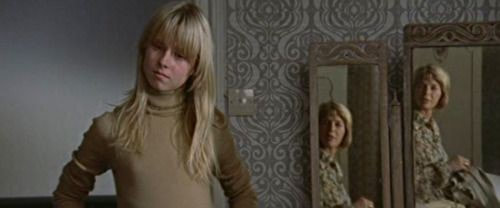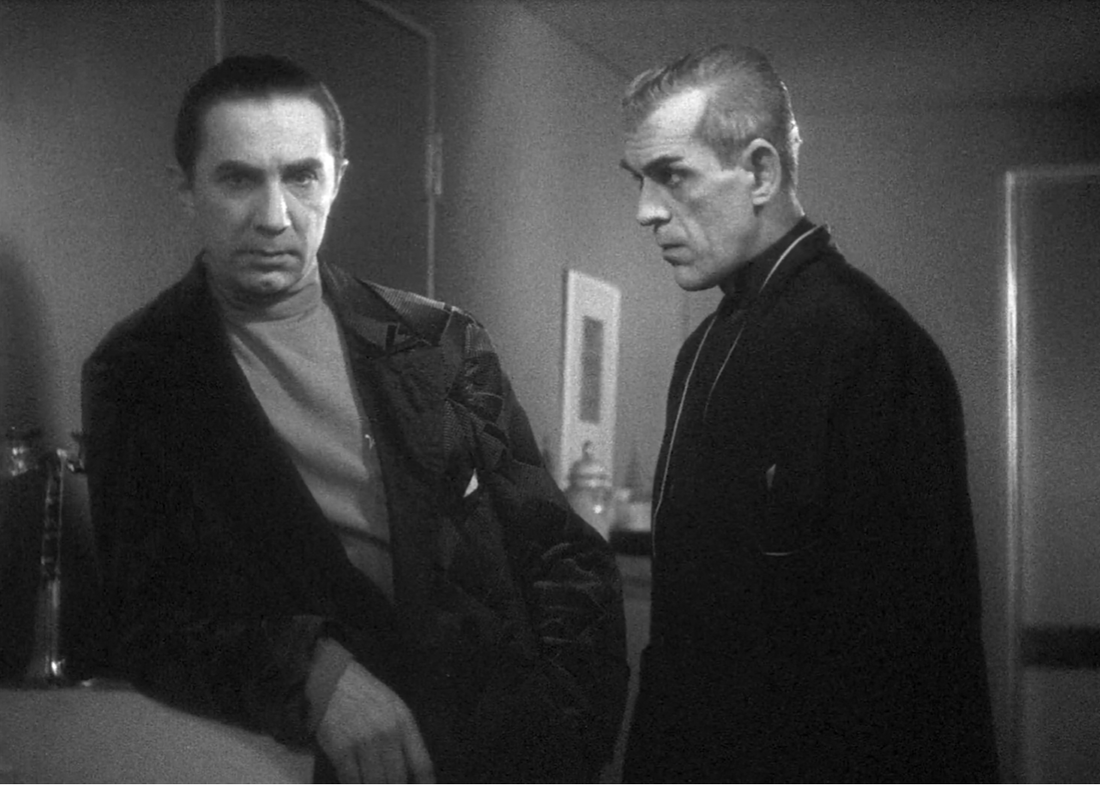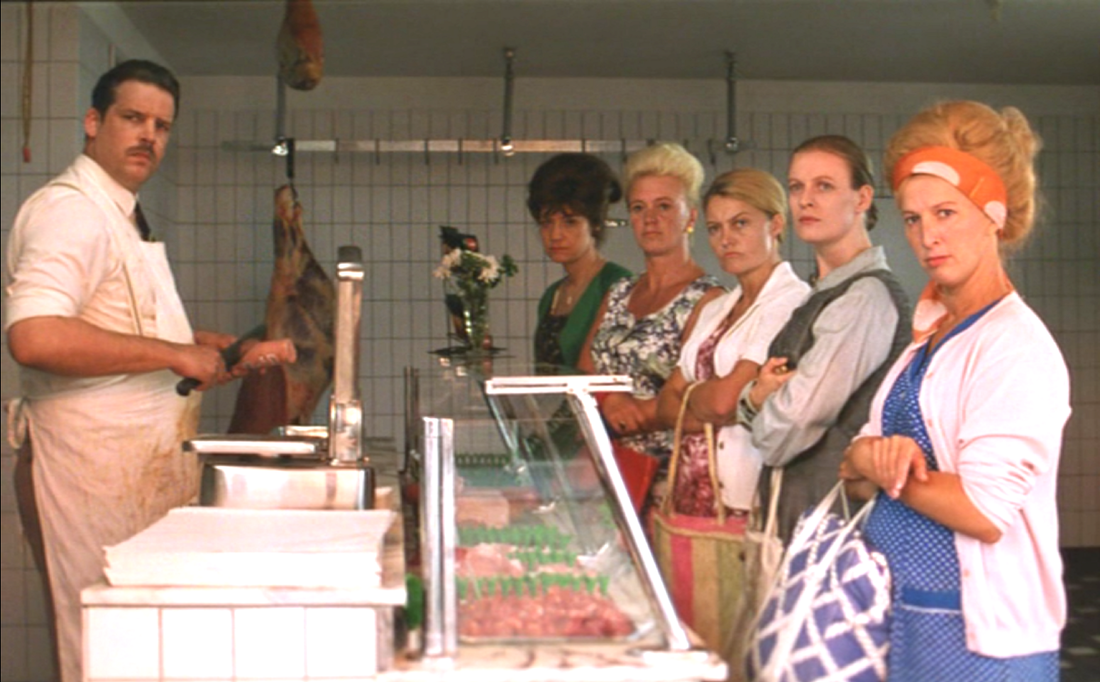
Jafar Panahi’s Taxi Tehran, also known as, Jafar Panahi’s Taxi, is a masterpiece. Not only is it an amazing piece of filmmaking, but it was filmed at great risk to the filmmaker. Panahi has been banned by the Iranian government from making films for the next 20 years. Not only has this ban failed to stop Panahi from making films, but Taxi Tehran was made outdoors, in broad daylight, right in the heart of Tehran.
Panahi has made several films since his ban, and has had them smuggled out of Iran so the rest of the world can see them. In 2011, he got his movie This is Not a Film smuggled out on a USB hidden in a cake.
Paranoid stupidity and delusional phobias have driven the Iranian state to crush virtually every filmmaker that Iran has produced. It is virtually impossible to avoid the wrath of Iran’s censorship board, but still, filmmakers like Jafar Panahi, Abbas Kiarostami, and Mohammad Rasoulof persist.
Taxi Tehran uses the cinéma vérité style to present what looks like a documentary, but is, in fact, a scripted fiction. It employs only a single, small camera installed on the dashboard of a taxi that Panahi is driving around the city. Panahi plays himself, but it is more complicated than that. Throughout the film, people and passengers recognize him and, like the audience, they are unsure of why he is driving a taxi. To keep the line between reality and fiction blurred, Panahi never explains what he is doing. By playing a director making a movie, or more specifically, playing himself making a documentary about himself which is actually a fiction film he wrote, we, the audience, keep forgetting that the film isn’t real. You keep having to do a double-take. The whole ruse sets up fertile ground for reflexive exploration, while simultaneously allowing Panahi to film outdoors in his beloved city without being hauled off and tortured.
As is often the case in Iran, the movie actors are untrained. I don’t know how directors like Panahi, Kiarostami, or Majidi do it, but they routinely elicit profound and compelling performances from ordinary folks. Taxi Tehran does not contain emotional soliloquies or require actors to emote heart-pounding drama, but it requires a high level of relaxed spontaneity. The actors have to seem genuine which, in its way, can be harder than emoting intensity.
Taxi Tehran does not use or need highly dramatic circumstances to illicit our investment. Restricted to the interior of a taxi and without the benefit of a production crew, Panahi masterfully constructs small events that gather meaning and eventually become completely engrossing. There is one moment where, due to a short stop in the taxi, a passenger’s fishbowl breaks. I didn’t realize how invested I was in such a small detail until I yelled out in horror. It reminded me of Kiarostami’s Where Is The House Of My Friend, where Kiarostami constructs an edge-of-your-seat drama from the simple premise of a boy trying to return a notebook to a friend, or Panahi’s earlier film The White Balloon, where a little girl is trying to recover a 500 toman banknote that she has dropped through a sewer grate. All these simple situations are imbued with gripping import through skilled and sincere storytelling.
The girl in The White Balloon is trying to retrieve the money so she can buy a fish in a bowl. The passenger with the fish in a bowl in Taxi Tehran is a reference to the little girl in The White Balloon. It reminds us of the many struggles unfolding all around us, including Panahi’s desire to continue making films.

As in The White Balloon, there is also a child in Taxi Tehran. Panahi’s niece Hana plays herself, although her name is never mentioned. She is full of precocious personality and provides comic relief, but, like everyone and everything in the film, she is a means of discussing larger issues. She has been given an assignment to make a film for school, and she is full of questions that cut deeper than the issues involved in completing a child’s homework assignment. She is very much like Krzysztof Kieślowski’s main character Philip in Camera Buff. It’s unfortunate that they chose to market Kieślowski’s film under the title Camera Buff. It was originally called Amator, or Amateur, which is far more descriptive. Both Philip and Panahi’s niece are innocents stumbling into a world fraught with politics and power struggles.

Hana describes the rules of the assignment to her uncle. As she recites the long list out of her notebook (a reference to Where is The House of My Friend) the camera cuts back and forth between her and Panahi. The resonance is obvious. Her homework instructions reflect the same intrusive and oppressive mindset Panahi must contend with when facing the censorship board, or his interrogators in prison. Hana recites, “To make a distributable movie; respect the Islamic headscarf, no contact between men and women, avoid sordid realism, avoid violence, avoid the use of a tie for good guys, avoid the use of Iranian names for good guys, instead use the sacred names of the Islamic saints.”
Just prior to this exchange, we witnessed a private conversation between Panahi and a close friend. The friend had been brutally mugged and was explaining to Panahi that although the assailant wore a mask, Panahi’s friend recognized him. Panahi’s friend expresses compassion for the mugger and reflects on what must have driven him to a life of crime. The mugger turns out to be a juice seller, and is serving juice to Hana just outside the car at that very moment.
With all this fresh in Panahi’s and the audience’s mind, Panahi asks Hana about the juice seller, “Is he a good guy or a bad guy? He has an Iranian name and a tie.” She doesn’t know about the mugging, and her innocence highlights a theme in the film about our inability to detect danger. Hana laughs and replies, “That was real life. These rules apply to movies.”
Like most of the scenes in the film, the exchange connects to a whole set of intertwined ideas that the film addresses. On its face, Hana’s comment about reality reiterates the tension between fiction and nonfiction, but there is more. The juice seller character ties to earlier discussions that were had by previous passengers in the taxi. There was a heated discussion about crime and punishment just a few minutes before Hana’s scene. A male passenger (who we later find out is a self-professed “mugger”) argues with a female passenger in the back seat about the different motives for stealing, and how some thefts are understandable and others are unforgivable. They discuss the death penalty and compassion and the nature of transgression. Panahi stays silent during the exchange, but is able to comment on the issues when he asks Hana about the juice seller.

This, of course, ties back to Panahi’s plight as a transgressor and criminal himself which, in turn, loops back to the issue of recognizing dangerous and criminal people. Panahi is an “average”-looking man who happens to have a criminal past. It turns out that many of his “average”-looking passengers also have criminal pasts. The issue becomes a commentary on the citizenry of Iran. It is not about detecting good or evil, it’s about understanding that ordinary people all struggle to find ways to survive, and that any of them could be labeled criminals by the capricious and oppressive Iranian government.
With each new passenger that gets into Panahi’s taxi, we are tempted to think that a new story is beginning, a new pathway is opening up, but all the different stories end up folding in on each other and circling the same issues.
There are also complex meta-moments where different layers of reality clash. Hana playfully teases Panahi that if he doesn’t treat her nicely, she will get out of the cab and walk home, “Just like the girl in your movie The Mirror.” Not only is there the dissonance of a character in one movie talking about a character in a different movie, but she is talking to the filmmaker who made both movies. Actually, she is talking to the filmmaker who is playing the filmmaker who made the movies. In addition, the movie she is referring to, The Mirror, features a young girl lost in Tehran. In the middle of the movie, the girl suddenly appears to break character and quit right in the middle of the production. She is riding on a bus, and we are invested in her story, when suddenly she looks into the camera and quits. It comes out of nowhere and is completely jarring. Like the girl in The Mirror, Panahi’s niece appears to break the fourth wall when she mentions this other girl, but the fourth wall was never fully there to begin with.
Several of the passengers seem to break the fourth wall when they discover the camera on the dashboard and realize what Panahi is doing, but they are breaking a false fourth wall. It is a fourth wall inside a larger set of walls, a fiction that appears to break into reality, but is only breaking into another layer of fiction.
At one point, Nasrin Sotoudeh, a famous human rights lawyer, gets in Panahi’s cab. The character is played by the actual lawyer. She discovers the camera and then points right into the lens to address the audience. At one point, she jokes, “Don’t think I don’t see what you are up to.” She is referring to Panahi’s filming, but after talking about her court trials and all the surveillance she has experienced, it feels like she might be addressing us.

As she gets out of the taxi, she advises Panahi, “Better remove my words from your movie, you’ll be accused of ‘sordid realism.’” Earlier in the film, Hana asks Panahi what ‘sordid realism’ is. She complains that her teacher didn’t define it well and that all the teacher said was, “Show what’s real, but not real real.” This is obviously a satiric jab at the censors, but it is not so far from describing what Panahi is actually doing.
Taxi Tehran was made in 2015. Once it was smuggled out of Iran, it won the Golden Bear at the Berlin International Film Festival. Unfortunately, due to Iran’s restrictions, Panahi was unable to attend and Hana had to accept the award for him. Panahi and his courageous compatriots are willing to risk so much in order to make their films. Panahi is not trying to simply entertain an audience. He has something to say and he won’t be silenced. The Iranian government thinks it can bully these auteurs into submission, but the government and its officials are too caught up in their own paranoia to recognize that by imprisoning and torturing artists, the government only assures that the artists will say exactly what the cowardly government fears.

If you enjoyed this article click here for more www.filmofileshideout.com/archives/majid-majidis-the-color-of-paradise



